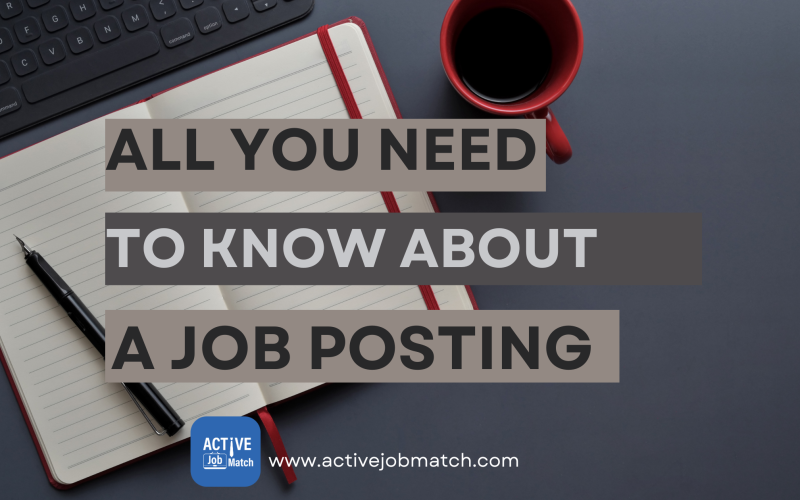What is a Job Posting? Understanding the Key Element in the Hiring Process

A job posting is an employer's ad detailing roles, qualifications, and company info, helping attract the right talent and guide job seekers.
A job posting is one of the most critical tools in the hiring process, serving as the initial point of contact between employers and potential employees. It’s more than just a list of requirements; it's a carefully crafted advertisement that informs job seekers about the role and attracts the right candidates. In this blog, we’ll break down what a job posting is, its essential components, and how it benefits both employers and job seekers.
What Exactly is a Job Posting?
A job posting is a public announcement by a company or employer that outlines an available position within their organization. It is typically shared on company websites, job boards, social media platforms, and recruitment agencies to reach a wide audience. The purpose of a job posting is to inform potential candidates about the job and entice them to apply.
Key Components of a Job Posting
A well-structured job posting includes several elements that are crucial for both employers and job seekers. Here’s what you’ll commonly find:
- Job Title
The job title is the first thing candidates see. It should be clear, concise, and accurately reflect the role. Avoid jargon or overly creative titles that may confuse applicants. - Job Description
This section outlines the key responsibilities and daily tasks of the job. It should give candidates a clear understanding of what they’ll be doing and the scope of the role. - Qualifications and Requirements
Employers list the necessary qualifications, skills, and experiences required for the job. This may include educational background, years of experience, and specific technical skills relevant to the position. - Location
Whether the job is remote, in-office, or hybrid, the location is important for job seekers when considering if the role fits their lifestyle and commuting preferences. - Salary and Benefits
Some employers choose to include salary information and benefits to attract higher-quality candidates. While salary details are not always disclosed, providing this information can increase transparency and help candidates make informed decisions. - Company Overview
Many job postings include a brief overview of the company. This helps candidates understand the company’s mission, culture, and values, which can be a significant factor in their decision to apply. - Application Process
A clear call-to-action (CTA) that guides the candidate on how to apply is essential. This could involve submitting a resume, cover letter, or completing an online application form.
Why Job Postings Matter
For Employers:
- Attracting the Right Talent:
A detailed and well-crafted job posting ensures that only qualified candidates apply, saving employers time during the recruitment process. - Brand Representation:
The tone and style of the job posting also reflect the company’s brand. A professionally written posting can position the company as an attractive place to work. - Setting Expectations:
By clearly outlining the role and its requirements, job postings help set expectations from the beginning, ensuring that candidates know exactly what the job entails. - For Job Seekers:
- Finding the Right Fit:
A job posting provides candidates with all the essential information they need to determine whether the role is a good fit for their skills, experience, and career goals. - Understanding Company Culture:
Through the company overview and job description, job seekers can gauge whether the company aligns with their personal and professional values. - Clarity in Application:
A well-written job posting will outline the application process, ensuring that candidates can apply with confidence, knowing what is expected of them.
Best Practices for Writing Job Postings
To create an effective job posting, employers should:
- Be Specific:
Avoid vague descriptions. Clearly outline what the job entails and the qualifications required. - Use Inclusive Language:
Ensure the language used in the posting is inclusive and does not unintentionally exclude certain candidates based on gender, race, or age. - Highlight Growth Opportunities:
Mention any opportunities for advancement within the company. Job seekers often look for roles where they can grow their careers. - Keep it Concise:
While detail is important, avoid long, wordy job descriptions. Candidates should be able to easily skim and understand the core aspects of the role.
Conclusion
A job posting is more than just a list of qualifications and responsibilities. It is a vital communication tool that connects employers with job seekers. When done right, it can attract the right talent, streamline the hiring process, and set the stage for a successful employment relationship. Whether you’re an employer looking to fill a position or a job seeker searching for your next opportunity, understanding what makes a great job posting is key to navigating the hiring landscape.
- Share This Job



Write A Comment
No Comments